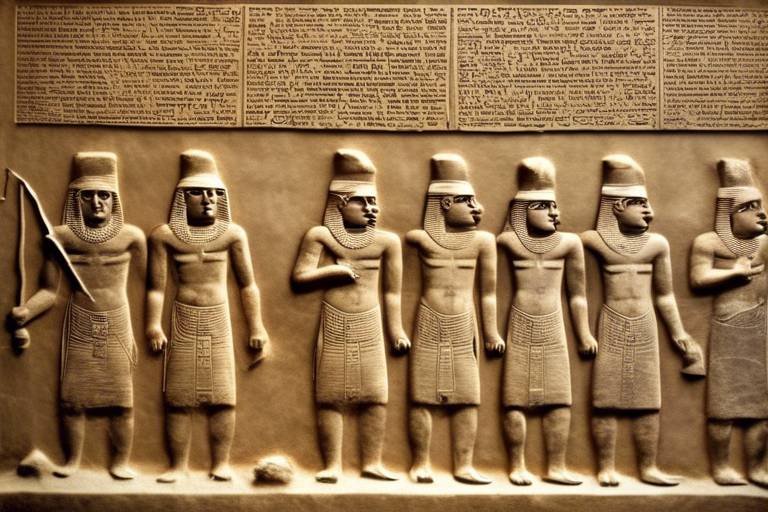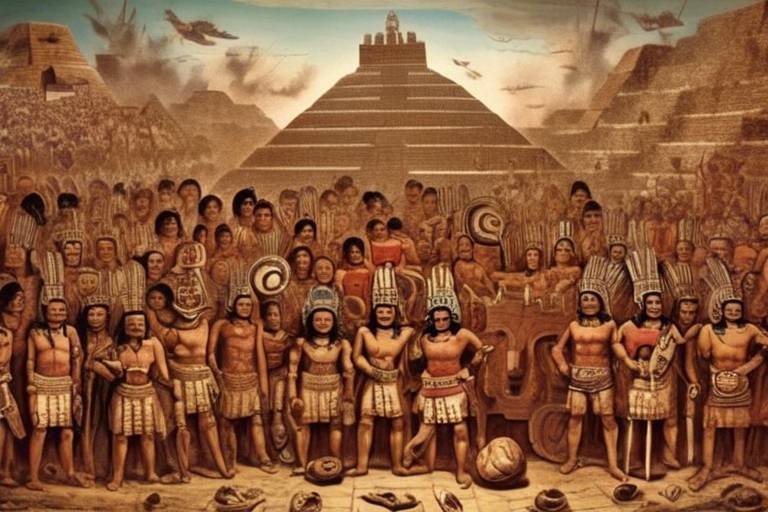The Influence of the Celts on European Culture
The Celts, a vibrant and ancient civilization, have left an indelible mark on European culture through their language, art, religion, and traditions. Their influence can be seen in various aspects of European society, from the linguistic diversity of modern languages to the intricate designs of architectural structures.
One of the most significant contributions of the Celts is their linguistic influence. Despite the decline of Celtic languages over the centuries, their impact on European languages is undeniable. Words and phrases rooted in Celtic origins have woven themselves into the fabric of modern European societies, enriching the linguistic tapestry of the continent.
When it comes to art and symbolism, the Celts were known for their intricate designs and symbolic motifs. Their artistic styles, characterized by intricate knotwork and spirals, continue to inspire contemporary European art and design. The enduring legacy of Celtic artistry can be seen in everything from jewelry to architectural ornamentation.
Delving into Celtic religion and mythology unveils a rich tapestry of spiritual beliefs and mythological stories. The Celts' reverence for nature and the spiritual significance they attributed to various symbols have influenced European religious practices and folklore. Their stories of gods, goddesses, and heroic feats have endured through the ages, shaping the cultural landscape of Europe.
Modern literature also bears the imprint of Celtic culture, with authors drawing inspiration from Celtic themes, characters, and settings. The mystical allure of Celtic mythology and the romanticized depiction of ancient Celtic societies have captured the imagination of writers, keeping the spirit of the Celts alive in literary works.
Music and dance traditions of the Celts have not only preserved their cultural heritage but also influenced the development of European musical genres. The rhythmic beats of Celtic music and the lively steps of Celtic dances have found their way into contemporary performances, adding a touch of Celtic flair to the European music scene.
Celtic festivals and celebrations, such as Beltane and Samhain, hold a special place in European cultural calendars. These ancient rituals, marking seasonal transitions and honoring ancestral traditions, have been embraced by modern society, blending ancient customs with contemporary festivities.
The architectural styles and design elements influenced by Celtic aesthetics are visible in European structures and urban landscapes. The intricate patterns, geometric shapes, and symbolic motifs favored by the Celts have left an architectural legacy that continues to shape the visual identity of European cities.
Efforts to preserve and revitalize Celtic culture ensure that the legacy of the Celts endures for future generations. Language revitalization programs, cultural festivals, and historical reenactments play a crucial role in keeping Celtic heritage alive, allowing people to connect with the rich history and traditions of this ancient civilization.
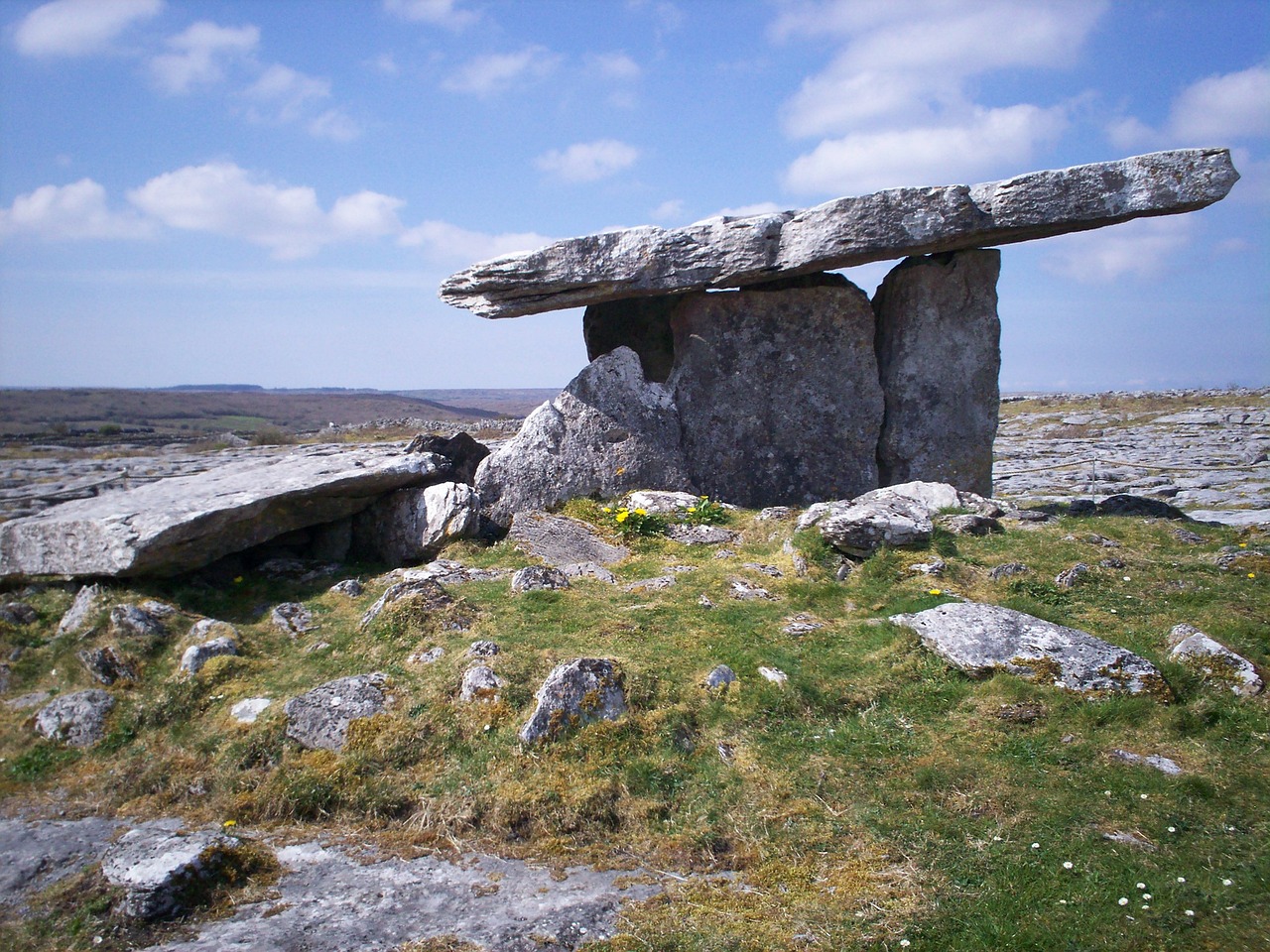
Celtic Languages and Linguistic Influence
Exploring the impact of Celtic civilization on various aspects of European culture, including language, art, religion, and traditions, and how these influences have persisted throughout history.
The Celtic languages have played a significant role in shaping the linguistic landscape of Europe. Despite facing challenges and threats of extinction over the centuries, these ancient languages have managed to survive and even evolve, contributing to the rich tapestry of European linguistic diversity.
Through their unique phonetics and grammatical structures, Celtic languages such as Irish Gaelic, Welsh, and Breton have left a lasting imprint on the way we communicate. Words and phrases rooted in Celtic origins continue to pepper the vocabulary of modern European languages, serving as a reminder of the enduring legacy of Celtic linguistic influence.
Furthermore, the preservation and promotion of Celtic languages through educational initiatives and cultural institutions have helped ensure their survival and relevance in contemporary society. Language revitalization programs aimed at teaching Celtic languages to new generations are instrumental in maintaining the linguistic heritage of the Celts.
In addition to their intrinsic value, Celtic languages also contribute to the overall diversity and richness of European linguistic traditions. By studying and preserving these ancient tongues, we not only honor the cultural legacy of the Celts but also gain insights into the historical roots of European language development.

Celtic Art and Symbolism
Celtic art and symbolism hold a profound significance in the realm of European culture, showcasing a rich tapestry of intricate designs and meaningful motifs that have captivated generations. The distinct artistic styles of the Celts, characterized by intricate knotwork, spirals, and animal motifs, have left an indelible mark on European art and design. These symbols, often imbued with deep spiritual meanings, continue to inspire contemporary artists and designers, echoing the enduring legacy of Celtic creativity.
The intricate patterns and symbols found in Celtic art are not merely decorative but are laden with symbolic meanings, reflecting the interconnectedness of all things in the natural world. The intricate knotwork, for example, symbolizes the eternal cycle of life, death, and rebirth, while the spiral motifs represent growth, transformation, and the journey of the soul. Animals such as the Celtic wolf, stag, and bird are also prevalent in Celtic art, each carrying its own symbolic significance related to strength, courage, and spirituality.
Moreover, the use of geometric shapes and symmetrical patterns in Celtic art reflects a deep connection to the spiritual and mystical aspects of life. The intricate interlacing designs, known as Celtic knots, are believed to symbolize the interconnectedness of life and eternity, with no beginning or end. These motifs are not only visually striking but also carry profound spiritual meanings, inviting contemplation and reflection on the mysteries of existence.
One of the most iconic symbols in Celtic art is the triquetra, also known as the Trinity Knot, which symbolizes the interconnectedness of the three realms of earth, sea, and sky, as well as the eternal cycle of life, death, and rebirth. This symbol, with its three interlocking loops, is a powerful representation of unity, balance, and harmony, reflecting the Celtic belief in the interconnectedness of all things in the natural world.
Overall, Celtic art and symbolism continue to exert a powerful influence on European culture, inspiring artists, designers, and spiritual seekers alike with their timeless beauty and profound meanings. The intricate designs and symbolic motifs of Celtic art serve as a testament to the enduring legacy of Celtic creativity and spirituality, weaving a thread of connection between the past and the present in the vibrant tapestry of European cultural heritage.
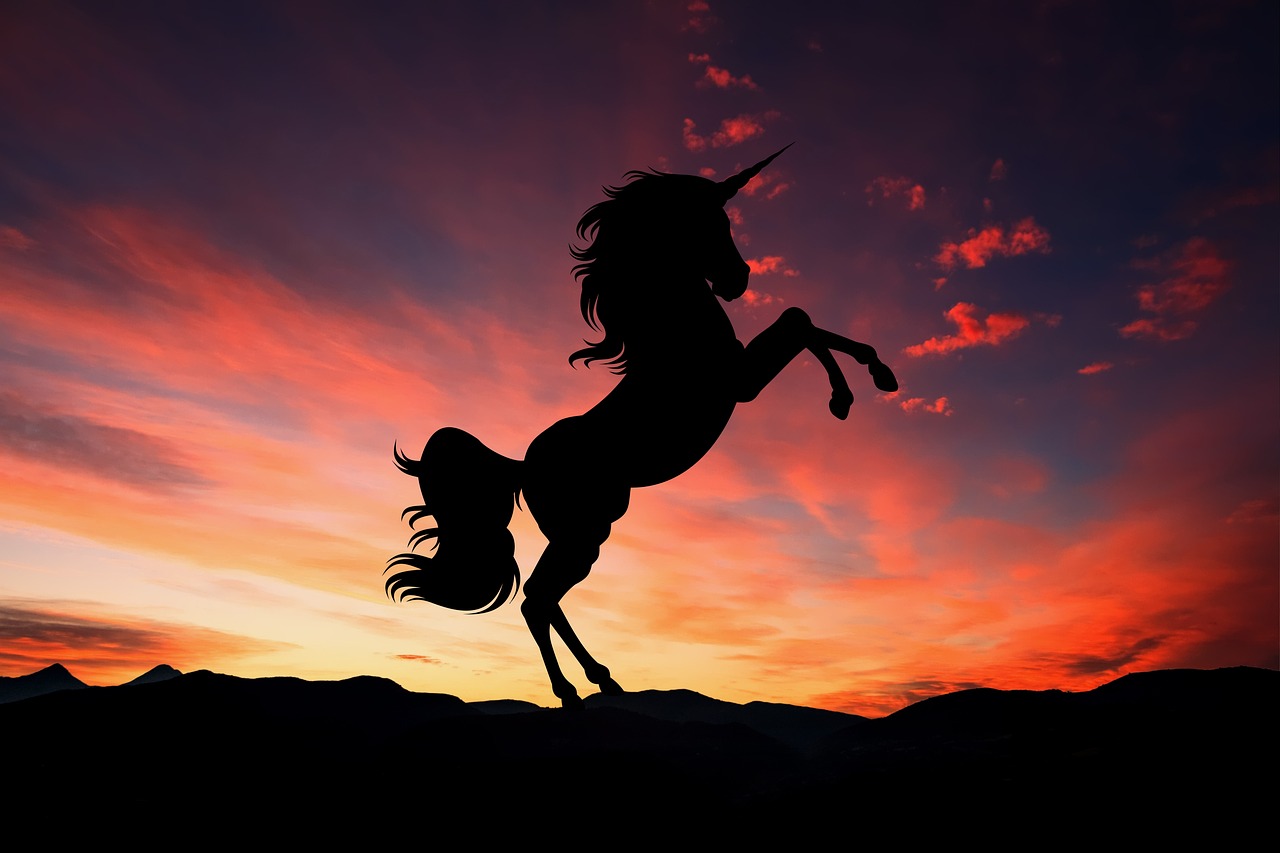
Celtic Religion and Mythology
Celtic Religion and Mythology hold a mystical allure that has captivated generations with its rich tapestry of beliefs and stories. At the heart of Celtic spirituality lies a deep connection to nature, where gods and goddesses are intertwined with the elements, forests, and rivers. The Celts revered deities such as Lugh, the god of craftsmanship and skill, and Brigid, the goddess of healing and poetry, embodying diverse aspects of life and the natural world.
Mythological tales woven into Celtic lore are filled with heroic feats, magical creatures, and otherworldly realms. Stories of warriors like Cu Chulainn and legendary creatures like the Banshee and the Pooka continue to spark imaginations and inspire modern literature and folklore. The concept of the Otherworld, a realm parallel to our own, where spirits dwell and magic reigns, permeates Celtic myths, adding layers of mysticism and wonder.
Rituals and ceremonies played a vital role in Celtic religious practices, with seasonal celebrations marking the cycles of nature and honoring the divine forces at work. The festivals of Beltane, celebrating fertility and the coming of summer, and Samhain, marking the end of the harvest and the beginning of winter, are deeply rooted in Celtic traditions and have influenced modern holidays like Halloween.
The Celts' reverence for the natural world and their belief in the interconnectedness of all living beings resonate in their mythological narratives, reflecting a harmonious relationship between humanity and the environment. Through their stories and rituals, the Celts wove a spiritual tapestry that continues to inspire seekers of wisdom and connection to the divine.
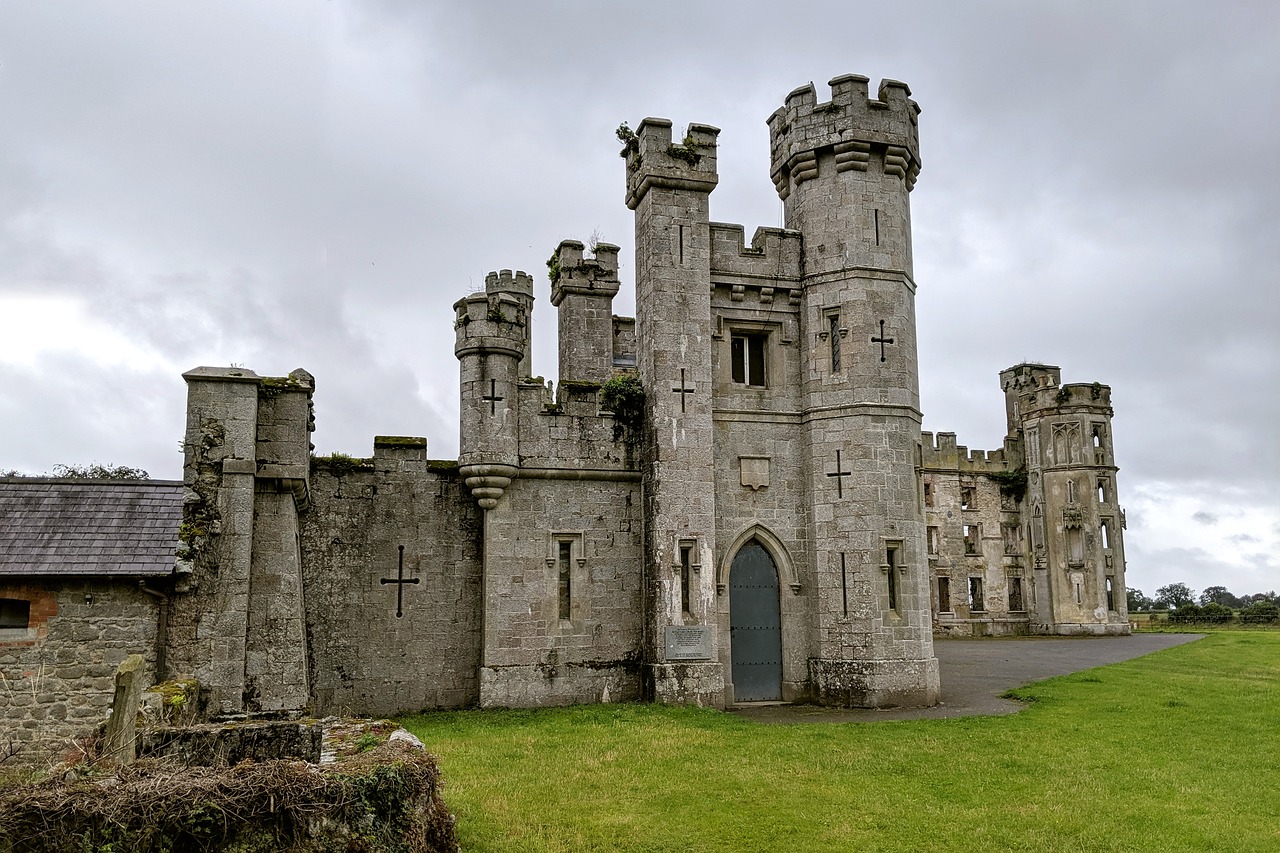
Celtic Influence on Modern Literature
When it comes to modern literature, the influence of Celtic culture is undeniable. The rich tapestry of Celtic mythology, folklore, and traditions has woven its way into the fabric of European storytelling, leaving a lasting imprint on the literary landscape. Authors and poets have drawn inspiration from Celtic themes, incorporating elements of magic, mysticism, and heroism into their works.
One of the most prominent examples of Celtic influence in modern literature can be seen in the resurgence of interest in Arthurian legends. The tales of King Arthur and his knights of the Round Table, rooted in Celtic mythology, have captured the imaginations of readers for centuries. Authors like T.H. White, Marion Zimmer Bradley, and Bernard Cornwell have reimagined these legendary stories, breathing new life into age-old characters and settings.
Moreover, Celtic literature itself has experienced a revival in contemporary writing. Poets and novelists have explored the themes of nature, spirituality, and the supernatural that are intrinsic to Celtic storytelling. By infusing their works with the essence of Celtic culture, these writers pay homage to a tradition that has stood the test of time.
Furthermore, the allure of Celtic landscapes and folklore has inspired a genre of literature known as Celtic fantasy. Writers such as Juliet Marillier and Patricia Kennealy-Morrison have crafted fantastical worlds steeped in Celtic mythology, where ancient legends and modern storytelling converge. These works transport readers to realms of magic and mystery, where the echoes of Celtic heritage resonate.
In conclusion, the Celtic influence on modern literature is a testament to the enduring power of storytelling. By drawing on the rich tapestry of Celtic culture, writers continue to captivate audiences with tales of adventure, romance, and the supernatural. The legacy of the Celts lives on through the pages of books, ensuring that their spirit remains alive and vibrant in the world of literature.
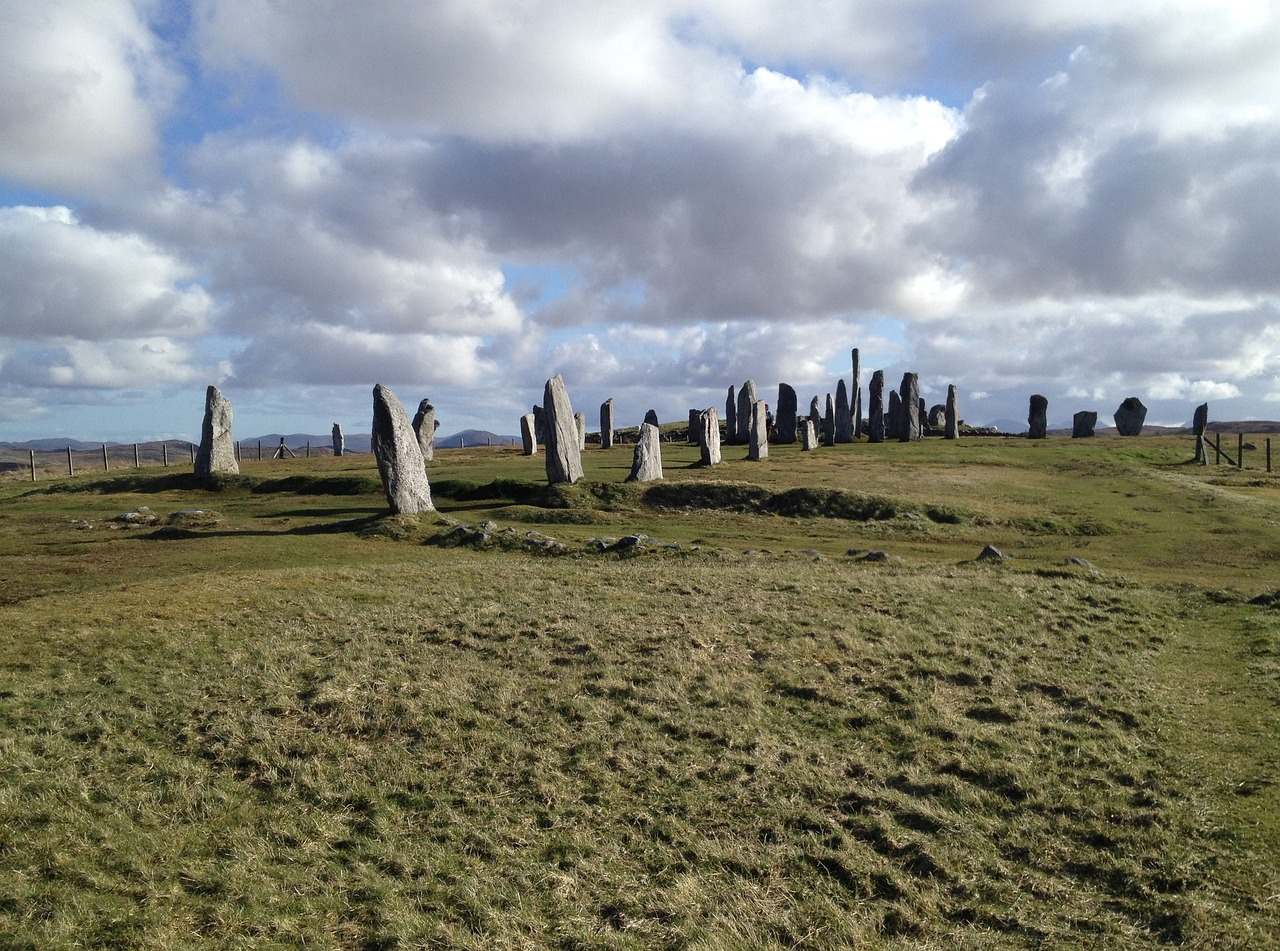
Celtic Music and Dance Traditions
Celtic Music and Dance Traditions have long been revered for their lively and spirited nature, embodying the essence of Celtic culture through rhythmic beats and intricate movements. The traditional music of the Celts is characterized by the use of instruments such as the harp, flute, and bodhrán, creating melodies that evoke a sense of nostalgia and enchantment.
Similarly, Celtic dance forms, such as Irish step dancing and Scottish Highland dancing, showcase the intricate footwork and graceful movements that have captivated audiences for centuries. These dances often tell stories of love, battle, and celebration, reflecting the rich tapestry of Celtic history and mythology.
One of the most iconic Celtic music traditions is the use of storytelling through songs, known as sean-nós singing in Irish culture. This lyrical style of singing conveys emotions and narratives with raw authenticity, captivating listeners with its haunting melodies and poetic lyrics.
Furthermore, the influence of Celtic music and dance can be seen in modern European musical genres, with elements of Celtic melodies and rhythms woven into contemporary compositions. The vibrant energy and emotional depth of Celtic music continue to inspire musicians and dancers around the world, keeping the spirit of the Celts alive through artistic expression.

Celtic Festivals and Celebrations
Exploring the impact of Celtic civilization on various aspects of European culture, including language, art, religion, and traditions, and how these influences have persisted throughout history.
Celtic culture is rich with vibrant festivals and celebrations that have deep historical roots and continue to be celebrated in modern times. These events play a significant role in connecting people to their Celtic heritage and fostering a sense of community.
One of the most well-known Celtic festivals is Beltane, marking the beginning of summer with bonfires, feasting, and rituals to welcome the season of growth and fertility. It symbolizes renewal and the abundance of nature, bringing people together in joyous celebrations.
Samhain, celebrated at the end of harvest season, is a time when the veil between the worlds is believed to be thinnest, allowing spirits to visit the living. This festival later evolved into Halloween, with traditions like costumes and jack-o'-lanterns originating from Celtic practices.
Imbolc heralds the arrival of spring, focusing on purification and the awakening of the earth after winter. It is a time of cleansing rituals, lighting candles, and honoring the goddess Brigid, representing creativity and inspiration.
These festivals not only celebrate the changing seasons but also serve as occasions for storytelling, music, dance, and feasting, creating a sense of unity and continuity with Celtic traditions.
Coming soon...
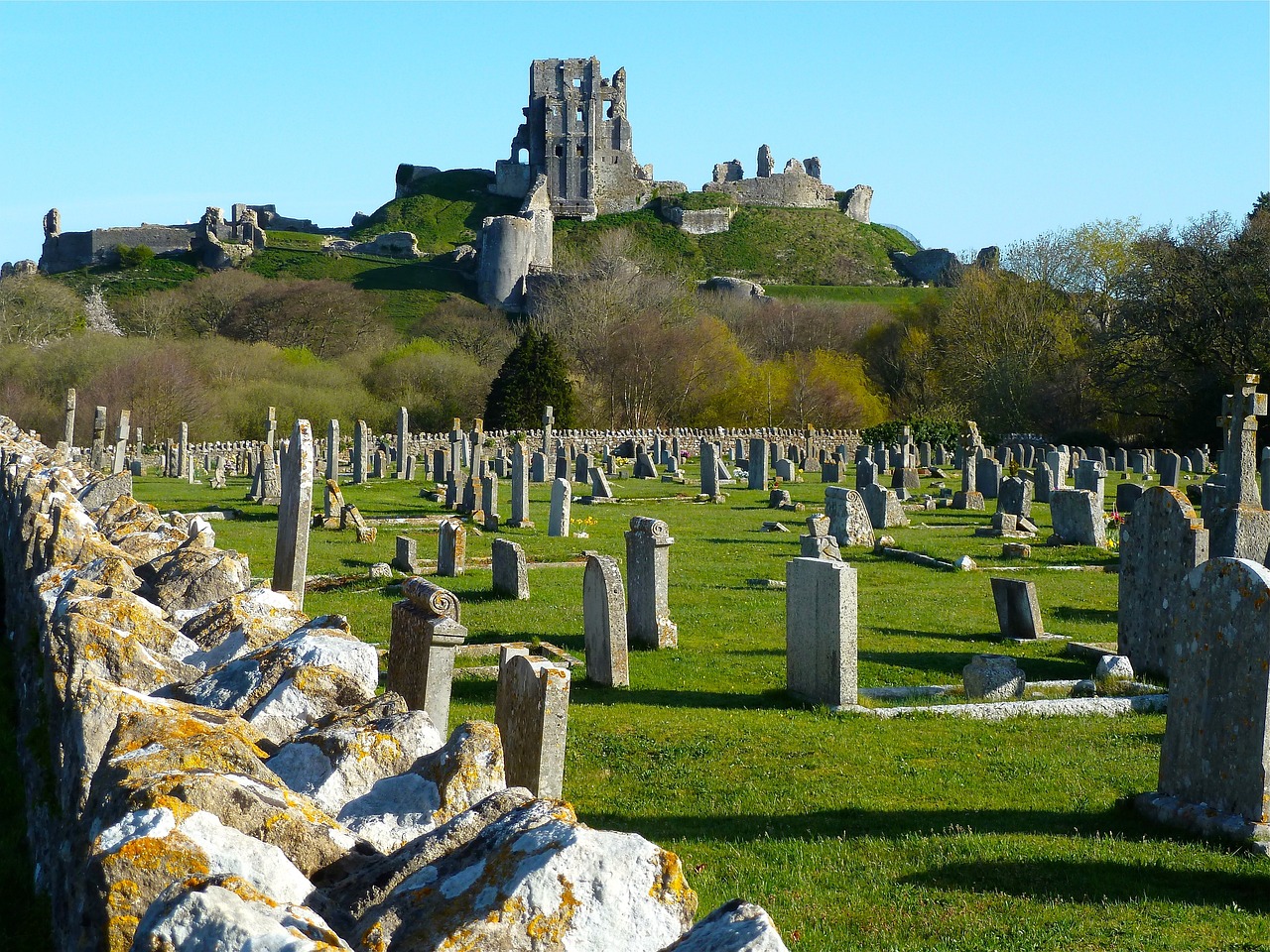
Celtic Influence on Architecture and Design
When we look at the architectural landscape of Europe, it's hard not to notice the subtle yet profound influence of Celtic design principles. The Celts, known for their intricate patterns and symbolic motifs, have left a lasting mark on the architecture and design of the continent. Their artistic flair can be seen in the ornate carvings on ancient stone monuments, the geometric patterns adorning metalwork, and the intricate interlacing designs found in manuscripts.
One of the most striking features of Celtic architecture is the use of organic forms and natural elements in their structures. The Celts had a deep connection to nature, and this is reflected in their architectural designs. Buildings were often constructed using local materials such as wood, thatch, and stone, blending seamlessly with the surrounding landscape. The use of circular shapes, spirals, and intertwining patterns in Celtic architecture symbolized the interconnectedness of all living things.
Furthermore, Celtic design elements have not only influenced historical buildings but also modern architectural trends. Architects and designers today draw inspiration from Celtic motifs to create unique and visually captivating structures. The intricate knotwork, zoomorphic designs, and stylized plant motifs continue to find their way into contemporary buildings, adding a touch of mystique and elegance to the urban environment.
In addition to architecture, Celtic design has also made a significant impact on interior design and decorative arts. The use of Celtic patterns in textiles, ceramics, and furniture reflects a desire to connect with the rich cultural heritage of the Celts. These designs evoke a sense of history and tradition, creating spaces that are both visually appealing and spiritually uplifting.
Overall, the Celtic influence on architecture and design is a testament to the enduring legacy of this ancient civilization. By incorporating elements of Celtic art and symbolism into our built environment, we pay homage to a culture that valued creativity, harmony, and connection to the natural world. The intricate beauty of Celtic design continues to inspire architects, designers, and artists across Europe, ensuring that the spirit of the Celts lives on in the structures we build and the spaces we inhabit.
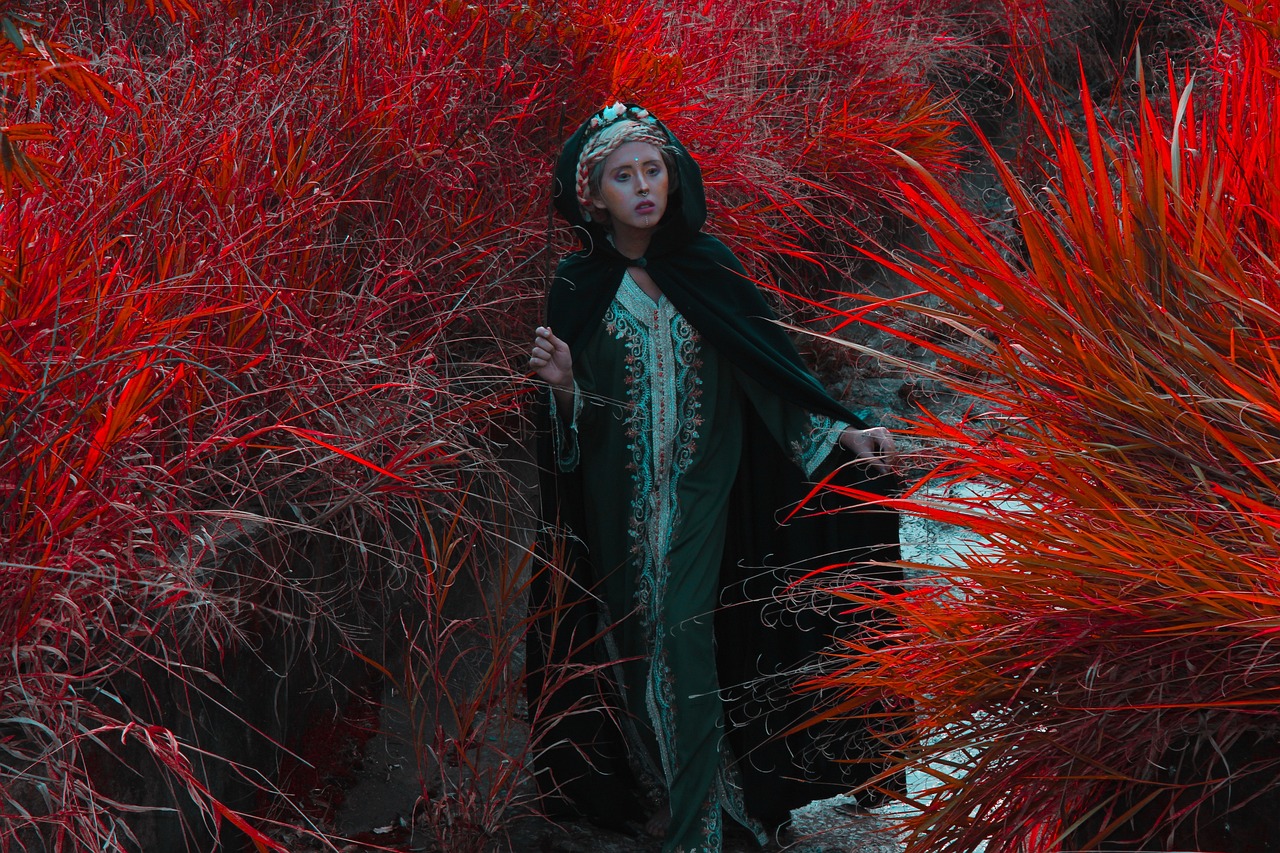
Preservation and Revival of Celtic Culture
Preservation and revitalization efforts play a crucial role in ensuring that the rich heritage of the Celts continues to thrive in the modern world. Through language revitalization programs, organizations strive to safeguard and promote Celtic languages such as Irish, Welsh, and Scottish Gaelic. These initiatives not only preserve linguistic diversity but also foster a sense of cultural identity among Celtic communities.
Cultural festivals dedicated to celebrating Celtic traditions, music, dance, and art serve as vibrant platforms for showcasing the depth and beauty of Celtic culture. Historical reenactments of Celtic rituals and ceremonies provide a glimpse into the ancient practices of the Celts, allowing both locals and tourists to immerse themselves in the enchanting world of Celtic folklore.
The preservation of Celtic architecture and design elements is also a focal point for architects and historians passionate about honoring the legacy of the Celts. From intricate knotwork patterns to stone carvings, Celtic aesthetics continue to inspire contemporary design trends, infusing modern structures with a touch of ancient mystique.
By integrating Celtic festivals, music, and art into mainstream cultural events, societies worldwide pay homage to the enduring influence of Celtic traditions. Through a harmonious blend of old and new, the spirit of the Celts lives on, captivating hearts and minds with its timeless allure.
Frequently Asked Questions
- What is the significance of Celtic languages in European culture?
Celtic languages play a crucial role in the linguistic diversity of Europe, contributing unique sounds and structures that have influenced other languages. Despite facing challenges, efforts are being made to preserve and revitalize these ancient languages.
- How have Celtic symbols influenced European art and design?
Celtic symbols, such as knots and spirals, have been incorporated into various art forms and designs, adding a touch of mystique and cultural richness. These symbols often represent concepts like eternity, unity, and nature, resonating with people across different cultures.
- What are some common Celtic festivals and their significance?
Celtic festivals like Beltane, Samhain, and Imbolc hold deep cultural and spiritual meanings, marking important transitions in nature and life. These celebrations often involve rituals, feasting, and community gatherings, connecting people to their heritage and the changing seasons.
- How has Celtic music influenced European musical traditions?
Celtic music, with its lively tunes and traditional instruments like the harp and bodhrán, has inspired and shaped various genres of European music. The rhythmic patterns and storytelling elements in Celtic songs continue to captivate audiences worldwide.
- What efforts are being made to preserve Celtic culture for future generations?
Initiatives such as language revitalization programs, cultural festivals, and historical reenactments are instrumental in safeguarding and reviving Celtic heritage. These endeavors ensure that the rich traditions and stories of the Celts endure and thrive in the modern world.





